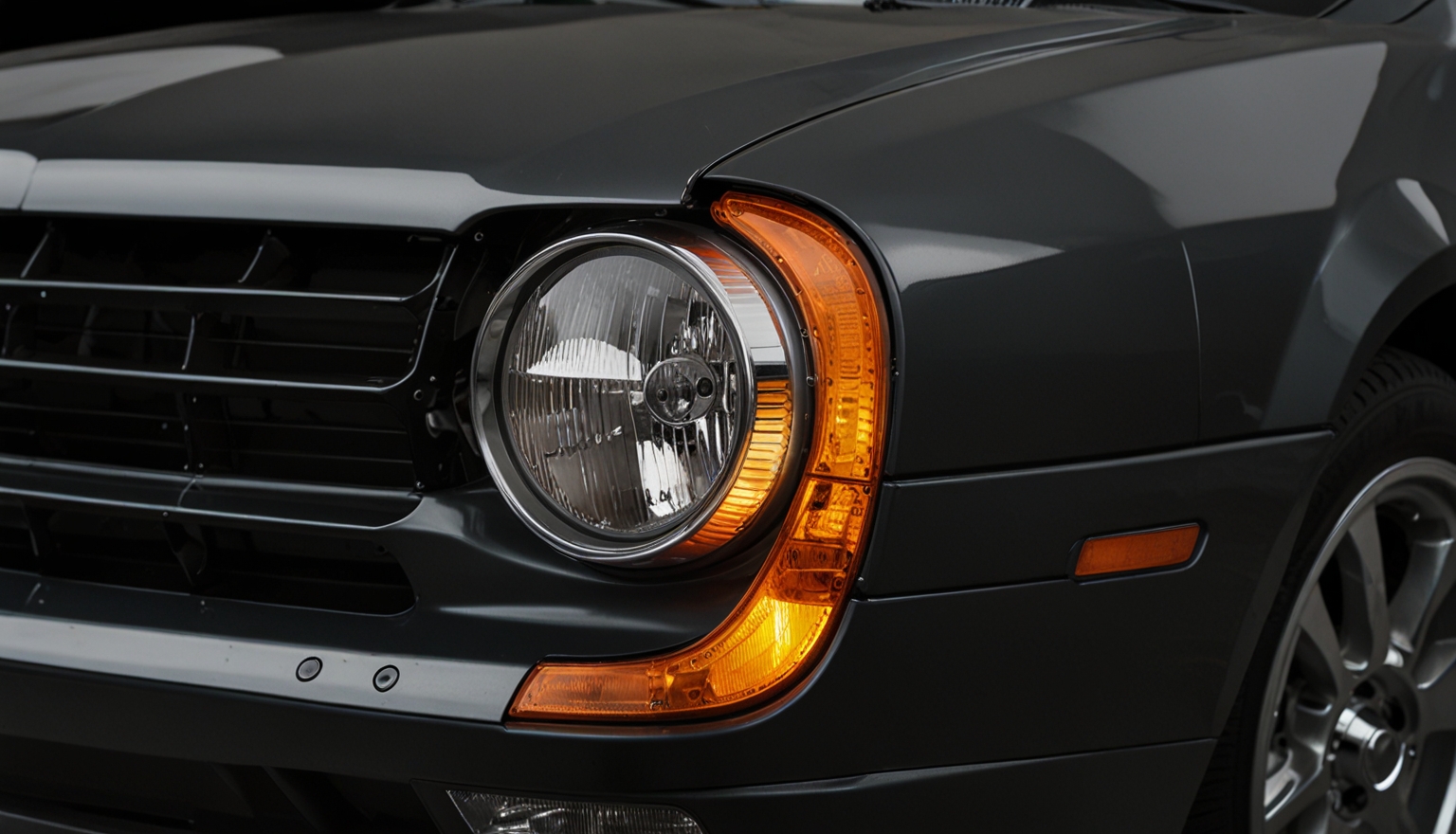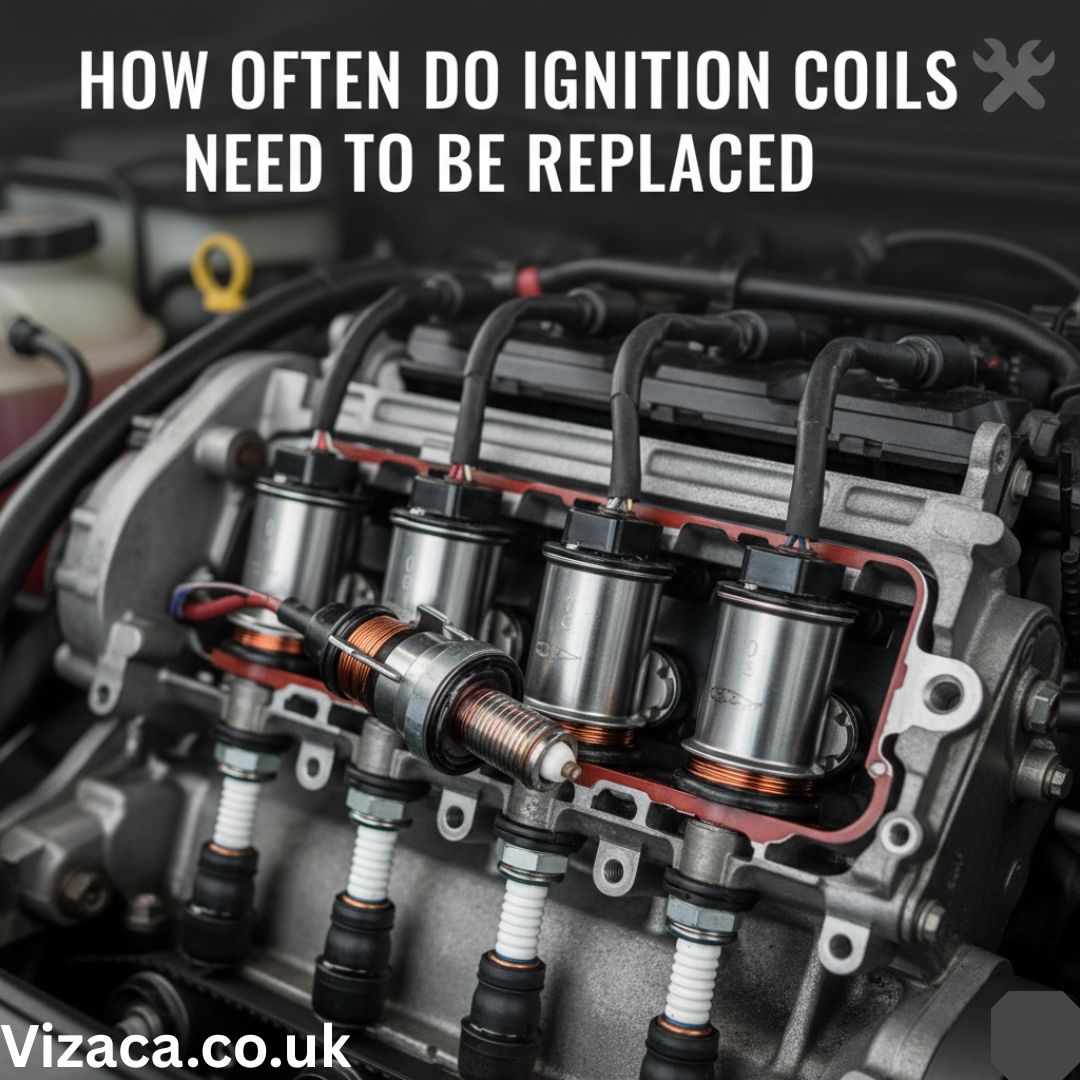Your vehicle’s headlight assembly plays a crucial role in ensuring safe driving, especially at night or in poor weather conditions. Over time, the headlight assembly can become damaged, fogged, or require replacement due to wear and tear. Whether you need to change a bulb, fix a broken assembly, or replace the entire unit, knowing how to remove a headlight assembly is a valuable skill.
In this guide, we will walk you through the step-by-step process of safely removing a headlight assembly, the tools you will need, and tips for making the job easier. Let’s get started!
Why Would You Need to Remove a Headlight Assembly?
Common Reasons for Removal
There are several situations where removing a headlight assembly may be necessary:
- Replacing a burned-out or broken bulb: Sometimes, bulbs are located behind the headlight assembly, making removal necessary to access the bulb.
- Fixing a damaged or cracked assembly: A cracked or broken headlight housing can let moisture in, causing foggy lenses or malfunctioning lights.
- Upgrading to new headlights: Whether you’re switching to LED headlights or installing new, aftermarket assemblies, the old unit must be removed first.
- Restoring cloudy or hazy headlights: If the assembly is fogged or yellowed, you might want to remove it for cleaning or replacement.
Tools You’ll Need
Before you begin, gather the following tools:
- Socket wrench set (including 10mm sockets, a common size for headlight bolts)
- Screwdrivers (both flathead and Phillips)
- Torx bits (for certain vehicle models)
- Plastic trim removal tools (to avoid damaging the car’s body)
- Work gloves (to protect your hands)
- Owner’s manual (optional, but helpful for vehicle-specific guidance)
Having these tools on hand will make the process much smoother.
Step-by-Step Guide to Removing a Headlight Assembly
Step 1: Open the Hood
To begin, open the hood of your vehicle to access the headlight assembly. Here’s how:
- Locate the hood release lever inside your car. It’s usually found near the driver’s side footwell.
- Pull the lever, then go to the front of the vehicle and find the secondary release latch under the hood.
- Lift the hood and prop it open securely with the hood support rod.
With the hood open, you can now access the components holding the headlight assembly in place.
Step 2: Disconnect the Battery
For safety reasons, it’s a good idea to disconnect the battery before removing the headlight assembly. This helps prevent electrical issues or accidental shocks while working with the vehicle’s electrical components.
- Use a wrench to loosen the nut on the negative terminal of the battery.
- Remove the negative cable and secure it away from the battery.
Now you’re ready to start removing the headlight assembly without the risk of electrical accidents.
Step 3: Remove the Retaining Screws or Bolts
Most vehicles have screws or bolts securing the headlight assembly to the body. These bolts are typically located at the top and side of the assembly, but the exact placement may vary depending on your car’s make and model.
- Use your socket wrench or screwdriver to carefully remove the screws or bolts holding the assembly in place.
- Store the screws and bolts in a safe place so they don’t get lost.
Some vehicles may also have a plastic cover or trim that needs to be removed to fully access the headlight assembly. Use a plastic trim removal tool to gently pry off any covering without scratching the paint.
Step 4: Disconnect the Wiring Harness
Once the screws and bolts are removed, you’ll need to disconnect the wiring harness from the back of the headlight assembly. This harness supplies power to the headlights and must be unplugged before the assembly can be fully removed.
- Locate the electrical connectors on the back of the headlight assembly.
- Press down on the release tabs of the connectors and gently pull them apart.
Be cautious when handling the wiring—avoid pulling too hard, as this could damage the electrical system.
Step 5: Remove the Headlight Assembly
With the screws and wiring disconnected, you can now remove the headlight assembly.
- Gently pull the headlight assembly forward to detach it from the vehicle.
- If it’s stuck, carefully wiggle the assembly to loosen it, being mindful not to force it.
Once free, you can now fully remove the headlight assembly and inspect it for damage or prepare for a replacement.
Step 6: Install a New Assembly (Optional)
If you’re replacing the headlight assembly with a new one, now is the time to install the new unit. Simply reverse the steps outlined above:
- Plug in the new wiring harness.
- Secure the new assembly with the screws or bolts.
- Reconnect the battery.
- Test the new headlights to ensure they’re functioning properly.
Step 7: Test the Headlights
Before finishing the job, it’s crucial to test the headlights to ensure everything is working correctly.
- Turn the vehicle’s ignition to the “on” position and switch on the headlights.
- Check that both the low and high beams are functioning.
- Confirm that all electrical connections are secure and that the new assembly is properly aligned.
If everything looks good, close the hood, and you’re ready to hit the road with your newly installed or repaired headlights!
Tips for a Smooth Removal Process
- Use gloves when handling headlight bulbs to avoid oil from your skin affecting the bulb’s performance.
- Refer to your owner’s manual for vehicle-specific guidance on bolt placement or additional components that may need removal.
- If you encounter stubborn screws or bolts, try applying a lubricant like WD-40 to loosen them before proceeding.
Conclusion
Removing a headlight assembly is a simple process that requires basic tools and a bit of patience. Whether you’re replacing a damaged assembly, upgrading to new headlights, or simply need to access the bulbs for replacement, following this guide will help you complete the job safely and efficiently. By understanding how to remove the assembly and reinstall it correctly, you’ll ensure that your headlights are functioning properly, providing you with safe and reliable visibility on the road.










